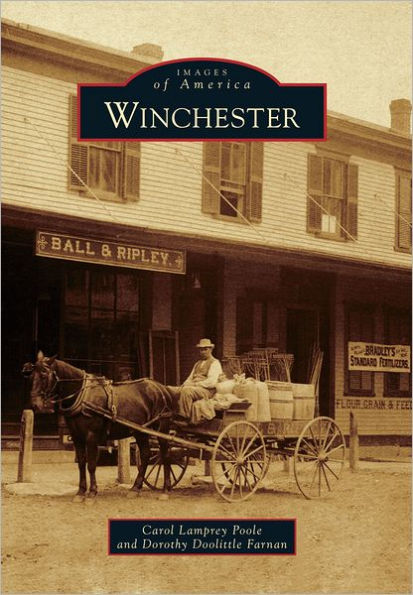Winchester
Winchester's early history was determined by two natural resources: the Ashuelot River and the Pisgah forest. The river was a source of water, power, and transportation for early settlers. The vast old-growth trees in the area known as Pisgah naturally led to sawmills, pail and box shops, and wood flour production. With industrialization in the 19th century and the coming of the railroad, Winchester became an ideal place for factories. The addition of two woolen mills and a cotton mill created jobs that drew immigrants to the area. By the turn of the 20th century, Winchester was a bustling, up-to-date place boasting 23 stores and almost as many schools. Townspeople had two banks and four churches to serve them, and the fertile valley kept them fed. The 1900s were less kind to Winchester as the mills closed one by one. Today, it is the rural landscape, the rich history, the recreational opportunities, and life in a place "where everybody knows your name" that induce nearly 5,000 people to proudly call Winchester home.
"1110317905"
Winchester
Winchester's early history was determined by two natural resources: the Ashuelot River and the Pisgah forest. The river was a source of water, power, and transportation for early settlers. The vast old-growth trees in the area known as Pisgah naturally led to sawmills, pail and box shops, and wood flour production. With industrialization in the 19th century and the coming of the railroad, Winchester became an ideal place for factories. The addition of two woolen mills and a cotton mill created jobs that drew immigrants to the area. By the turn of the 20th century, Winchester was a bustling, up-to-date place boasting 23 stores and almost as many schools. Townspeople had two banks and four churches to serve them, and the fertile valley kept them fed. The 1900s were less kind to Winchester as the mills closed one by one. Today, it is the rural landscape, the rich history, the recreational opportunities, and life in a place "where everybody knows your name" that induce nearly 5,000 people to proudly call Winchester home.
24.99
In Stock
5
1

Product Details
| ISBN-13: | 9780738592657 |
|---|---|
| Publisher: | Arcadia Publishing SC |
| Publication date: | 09/10/2012 |
| Series: | Images of America Series |
| Pages: | 128 |
| Product dimensions: | 6.30(w) x 9.20(h) x 0.40(d) |
About the Author
From the B&N Reads Blog

